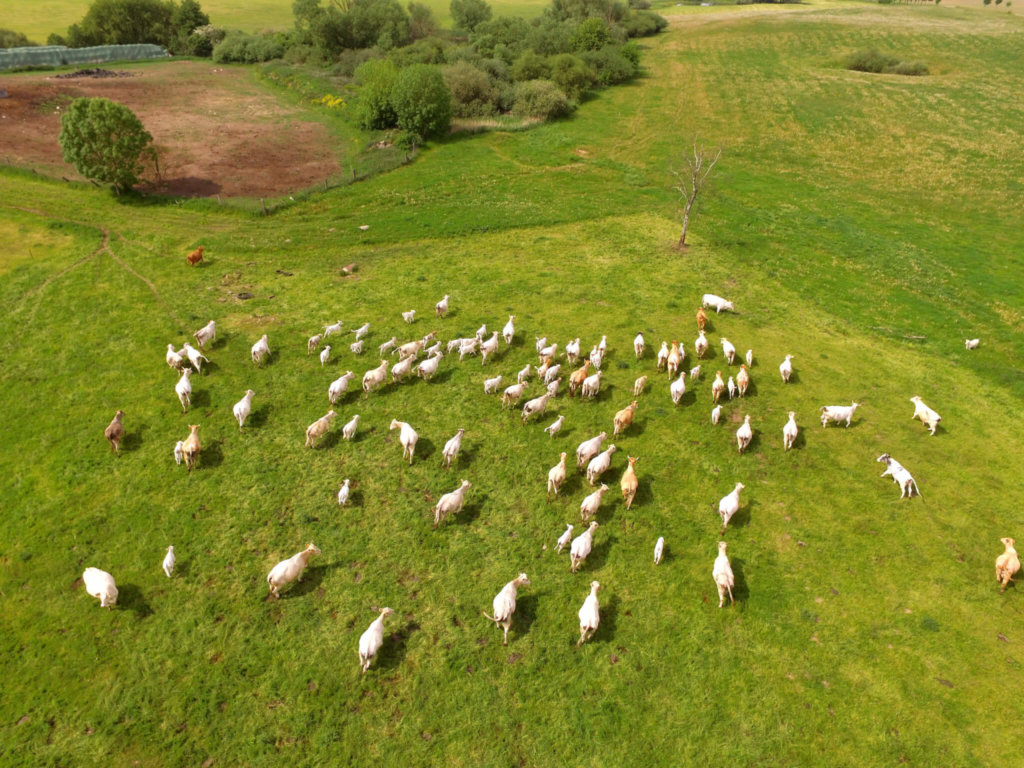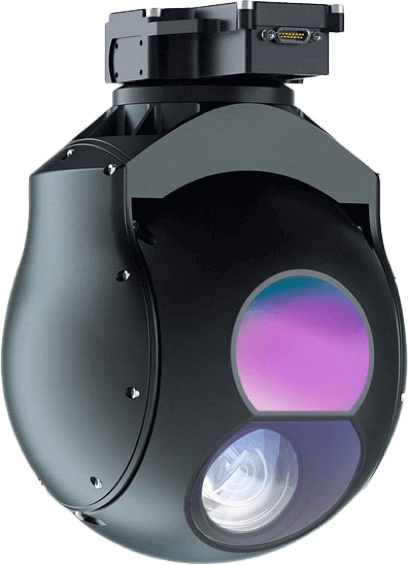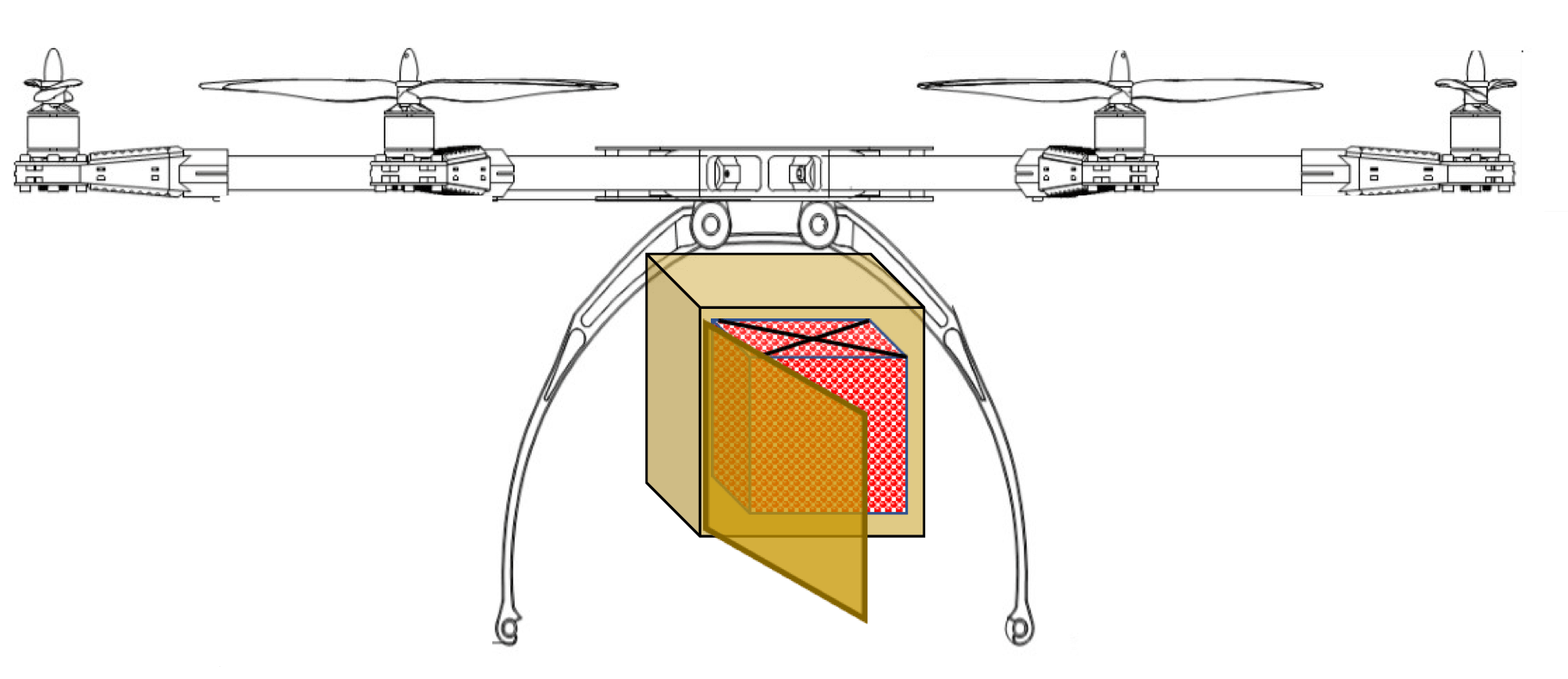Deploying Drones: A fresh look at lessons learnt in the Best Drones to Buy.
A note for corporate executives: Start with the business process.
Introduction. Taking drones seriously
Currently drones are taking centre stage in many organisations, in both corporates or national security agencies. Gone are the days of them being hobbyist toys bought by/for technology geeks. These technology investments are now landing on the desks of senior corporate executives who take buying the best drones seriously and require the same level of business review as other major technology investments. This article discusses some of the business best practices that apply.
“We have seen a significant increase of buyers moving from single drones purchases for piloting/prototyping purposes to fleet purchases as drone technologies are being adopted for mainstream integration into business processes.”
AIRBORNE DRONES

Current trends: How to make sure which are the best drones to buy for our needs
Firstly. A positive sign of the growing maturity of the Drone Market is the amount of interest currently being expressed in the how to go about adopting drone technologies. To this end one can find a number of articles have been published on how to develop a business case for the adoption of drones.
Secondly. The reasons why purchasers acquire drones have also changed. Customer questions have moved from asking:
- Whether they should get drones to,
- How should they deploy/implement drones and drone units?
For example:
- How many drones?
- How many pilots/staff?
- What ratio of drones per pilot?
- What ratio of pilots per drone?
While practical, these questions should not detract from why technology is procured in the first place and how it should be deployed.
The Technology Management discipline has well document best practices developed from lessons learnt for acquiring and managing (adoption of) new technologies.
“Organisations are taking a much more holistic approaches to acquiring and deploying drone technologies – the focus has moved from buying drones to acquiring holistic and complete drone-based solutions for supporting mission-critical business processes“
AIRBORNE DRONES
These practices necessitate holistic approaches to acquiring drones including maintaining a Drone Competency Centre to support the relevant operational process. Included in these approaches are:
Approach 1: TCO.
- Total cost of ownership (TCO) is a holistic financial estimate method that helps decision-makers determine direct and indirect costs of a product or system. TCO goes beyond the initial purchase price or implementation cost to consider the full cost of an asset over its useful life.
- A key objective of a TCO approach is to make visible hidden costs. Many costs are related to the actual objective of acquiring the asset, which is achieving a performance objective such as improving a business process.
- A good TCO assessment will run over the acquired assets full useful life, not just the implementation project duration. The following graphic lists the various cost elements to be included:
| COST MODEL | Acquisition Costs | Operating Costs | Change Costs |
| Software | Obvious costs | Obvious costs | ??? |
| Hardware | Obvious costs | Obvious costs | ??? |
| Personnel | ??? | ??? | ??? |
| NW & Comm | ??? | ??? | ??? |
| Facilities | ??? | ??? | ??? |
This very effective project financial assessment method makes visible previously hidden costs. That are required to ensure that all the key areas of a successful technology implementation are appropriately taken into account. This will ensure the full benefits realisation of the intervention and investment.
Studies have shown upfront Technology Acquisition costs can contribute as little as 20 – 25% of the Total Cost of Ownership.
Approach 2: BCM.
- BCM (Business Continuity Management) is defined as the advanced planning and preparation of an organization to maintaining business functions or quickly resuming after a business interruption (disaster) has occurred.
To understand the importance and relevance of BCM it is productive to take into account the what is important to an Enterprise/Organisation.
Approach 3. Corporate positioning
Enterprises generally position themselves along following strategic dimensions.
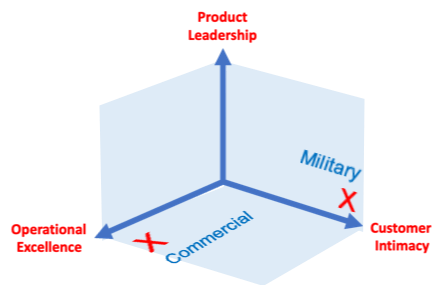
The strategic posture adopted by an enterprise typically also determine their approach to their Risk Management and consequently to BCM in their context.
For example commercial enterprise might emphasis operational excellence or customer focus while a military organisation might focus on the effectiveness of their product, rather than cost efficiency.
What is YOUR Drone Value Proposition?
It is relevant to consider that when drones are acquired they were likely intended to become part of a mission-critical process, which cannot afford to be interrupted.
Changing reasons for adopting drones
Recent drone market studies have shown that reasons for acquiring drones have moved away significantly from the original objective of:
- Saving Costs
to:
- Saving Time,
- improve Quality and
- Safety in core Business Processes.
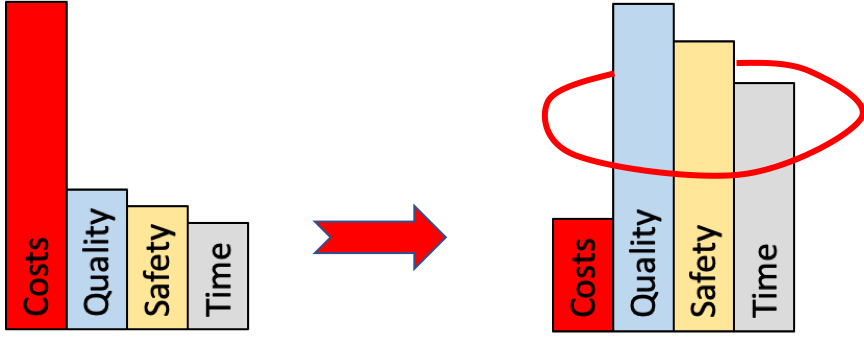
In other words rather than just say, compare the cost of a drone to that of a helicopter performing the same role – the questions become how much time can be saved, how can quality be improved and how to ensure safety of people, bring the focus much more around operational processes.
When you take the Enterprise’s Strategic stance into account, the TCO method ensures that all aspects of implementation is covered. The BCM method ensures that resourcing focuses on minimising disruption to business processes. As opposed to the traditional view of a single pilot with a manually controlled drone.
Use Cases
Consider the best drones to buy for the the following use-cases:
- 24 hr border patrol
- Locust spray operation
- (Cover X amount of Ha/ hour at a rate of Y Gallons per Acre [GPA])
- Security incident response operation
- (Respond within 10 – 30 minutes)
- Wildlife tracking
- (Complete a full monitoring cycle. Don’t let the situation change too much)
How quickly do you need to resume business in case of a disruption?
The amount of Human Resources and Drone Technology required depends on the business process objective.
Human Resources in a Drone Support Unit would include pilots, sensor operators and key skills from line management to staff drone operations for their duration. In other words, it is not just about figuring out the best drones to buy.
Depending on the criticality of an operation to keep a single Drone in the air sufficient redundancy could require a rotating UAVs. This includes a hot backup, onsite spares and an emergency replace agreement with the manufacturer. Keeping one on-duty operator functioning without disruption require more than a 1:1 relationship between drones and a single pilot.
For example the following scenarios could apply:
| React | Rapid Response | Simple Mission |
| Respond | Incident Response | Complex Missions |
| ISR | Incident Response | <20km Mission/ Persistent Surveillance |
| ISR 20+ | Long range Incident Response | >20km Mission/ Persistent Surveillance |
| ISR Extend | Long Range Response & Surveillance | |
| ATLAS Discover | Extra Long Range Surveillance | |
| Pipeline | Long Range Pipeline Monitoring & Management |
A look at drones in operation…
Deploying drones in a live situation involves a number of building blocks, or moving parts. As seen in the ‘scenarios’ section above, there are different levels of complexity. Depending on the operations requirements in often difficult to reach terrains, in harsh conditions and over very large areas. The operational elements can include Ground Units, UAVs, specialised payloads, Command and Control Centres, Officers in Command. This includes secure, redundant and high bandwidth networks in a mesh configuration that can adjust to the mobile elements of realtime operations.
Acquire drones not just to buy the best drones. But also include them in mission critical business processes. Use all the same risk management approaches that you normally would, in assessing the acquisition and deployment of drones.





